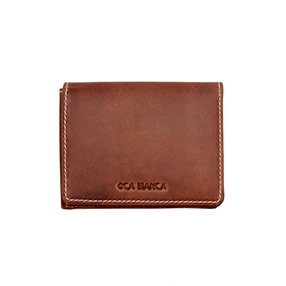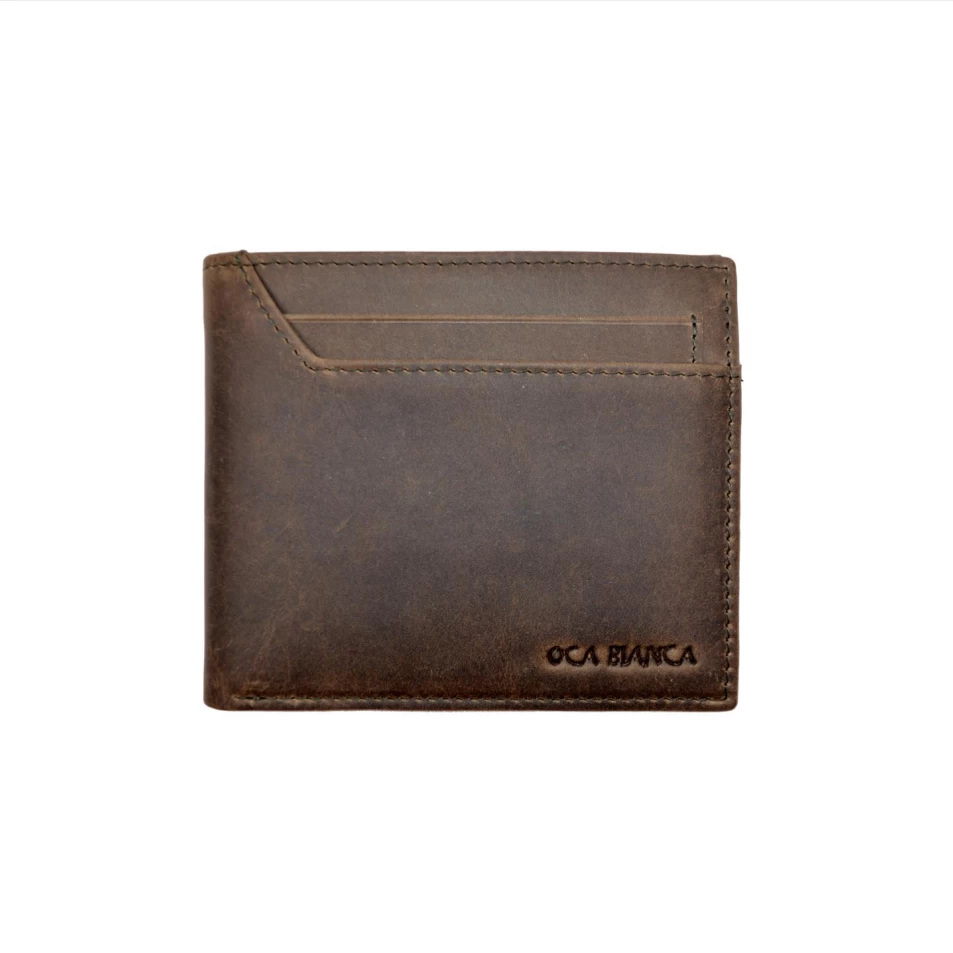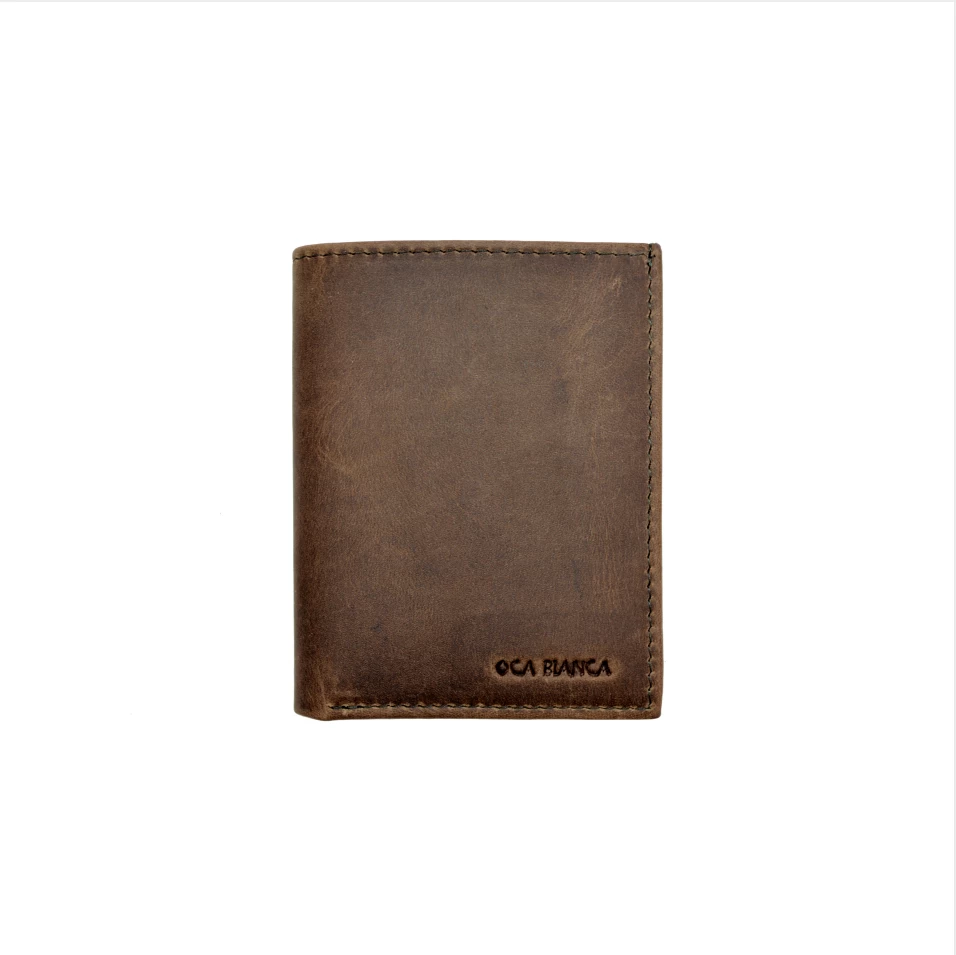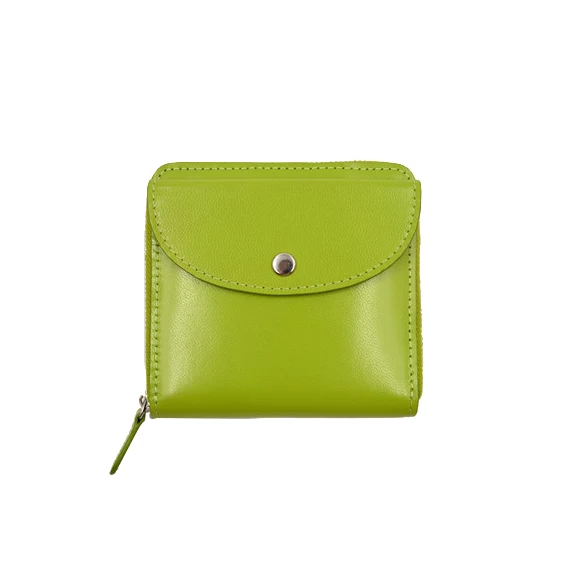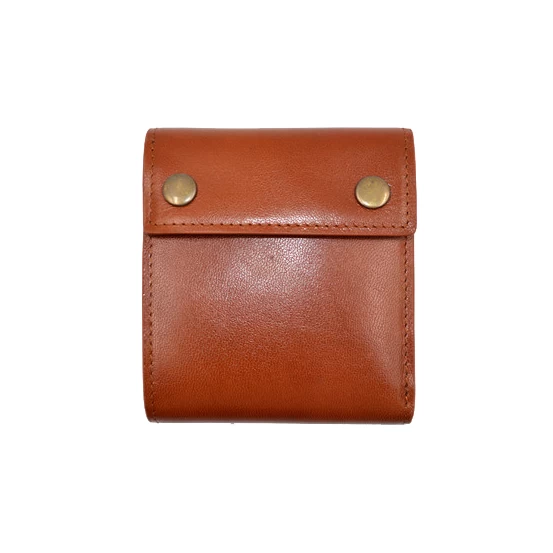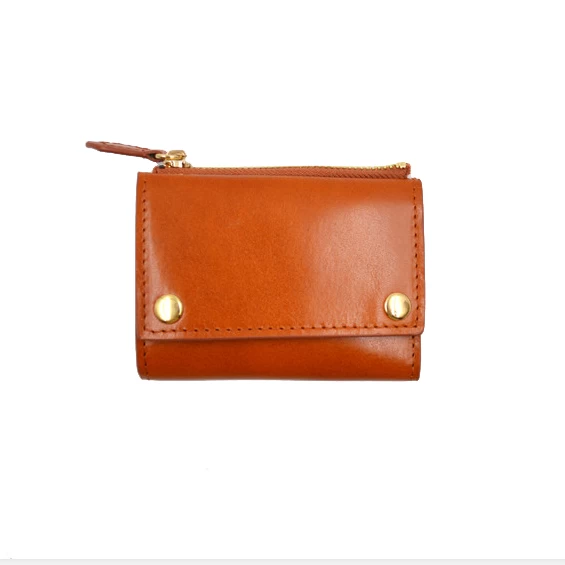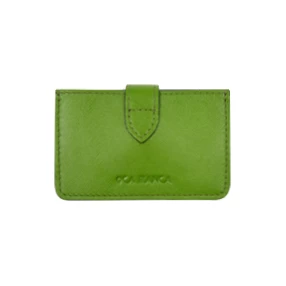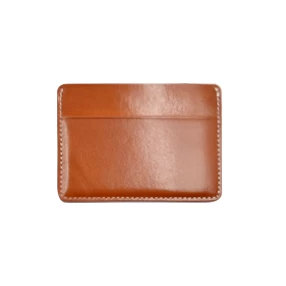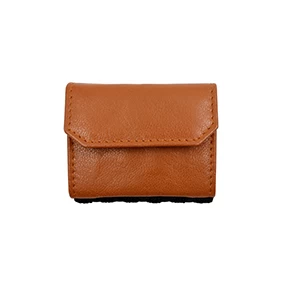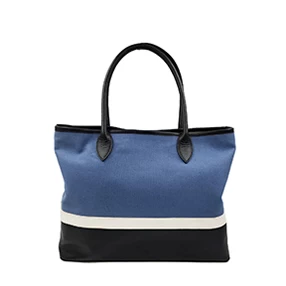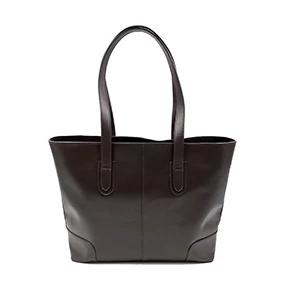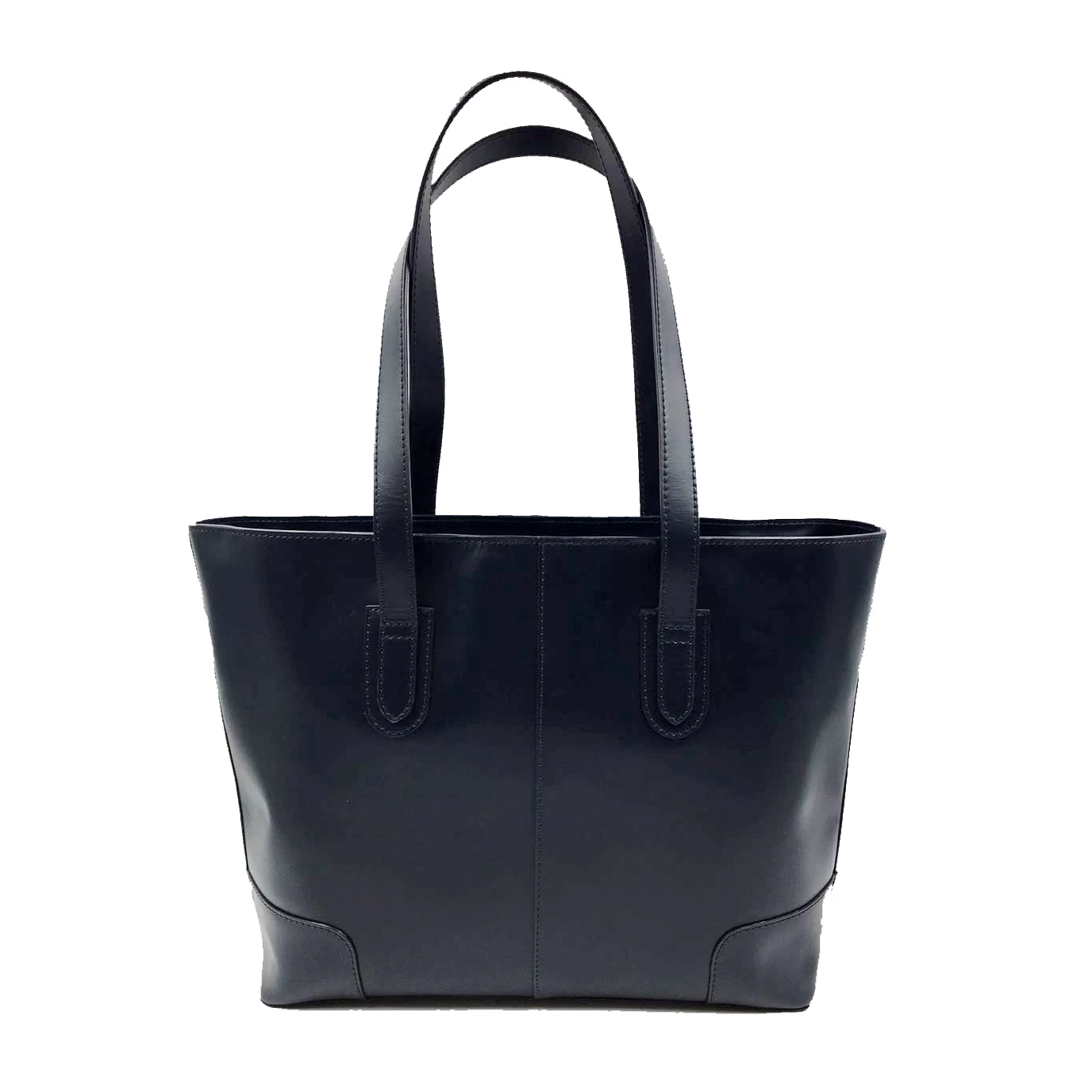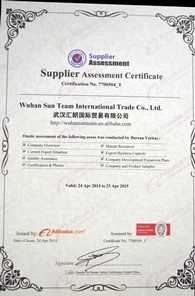“Hide and Skin” Production Area
Cara
www.walletwmazon.com
2017-06-05 18:01:14
Contrarily to other commodities, hides and skins are produced everywhere, in each village, town or metropolis, in each and every country, all over the world, without exclusion.
Each continent and all seas and oceans produce hides and skins. Where there are people, independent from race, religion or political association, there is a production of hides and skins. There isn’t a type of animal in the world, that doesn’t or hasn’t provided the basic material for the production of leather. The list is far to long to report, but generically speaking mammals like bovines, goat, sheep, any sort of wildlife, reptiles, fish and birds, all provide us with a hide or skin, that can be processed into leather.
Each area has its own typical breed of animals, which goes hand in hand with the local climate and habitat. Hides and skins are structurally different when originating from hot or cold, from dry or humid climates. Generally speaking healthy animals provide for good quality hides or skins, whereas animals from dry areas with little food produce low quality hides and skins. Animals that are well fed produce thicker and better hides than their brothers or sisters that are just able to survive.
Each production area is characterized also by its environment and by the local laws or habits. Dry bushy areas with lots of insects will provide for skins with scratch and insect bite scars. Countries where cattle or small ruminants are kept apart by barbed wire will produce hides and skins with scars from wounds caused by the barbed wire.
Hides and skins from life stock that has been treated with pharmaceuticals against illnesses and parasites are better than hides from life stock that is untreated.
Hides from fallen animals that have died from natural causes and hence have not been bled, are different from hides that have been produced by slaughter, because in a fallen animal the blood remains in the veins whereas in slaughtered animals the veins are practically void of blood.
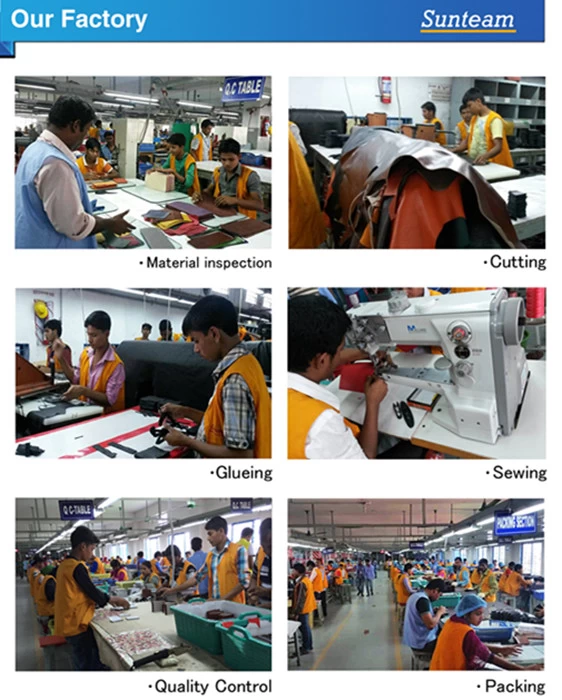
Each continent and all seas and oceans produce hides and skins. Where there are people, independent from race, religion or political association, there is a production of hides and skins. There isn’t a type of animal in the world, that doesn’t or hasn’t provided the basic material for the production of leather. The list is far to long to report, but generically speaking mammals like bovines, goat, sheep, any sort of wildlife, reptiles, fish and birds, all provide us with a hide or skin, that can be processed into leather.
Each area has its own typical breed of animals, which goes hand in hand with the local climate and habitat. Hides and skins are structurally different when originating from hot or cold, from dry or humid climates. Generally speaking healthy animals provide for good quality hides or skins, whereas animals from dry areas with little food produce low quality hides and skins. Animals that are well fed produce thicker and better hides than their brothers or sisters that are just able to survive.
Each production area is characterized also by its environment and by the local laws or habits. Dry bushy areas with lots of insects will provide for skins with scratch and insect bite scars. Countries where cattle or small ruminants are kept apart by barbed wire will produce hides and skins with scars from wounds caused by the barbed wire.
Hides and skins from life stock that has been treated with pharmaceuticals against illnesses and parasites are better than hides from life stock that is untreated.
Hides from fallen animals that have died from natural causes and hence have not been bled, are different from hides that have been produced by slaughter, because in a fallen animal the blood remains in the veins whereas in slaughtered animals the veins are practically void of blood.








